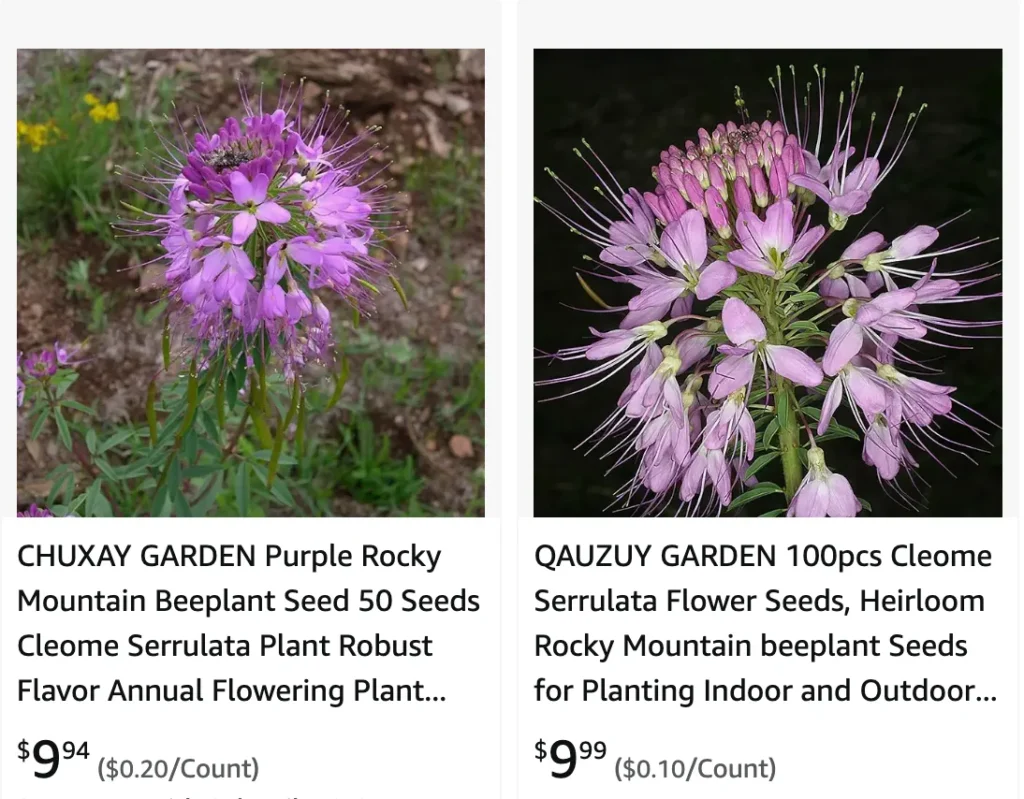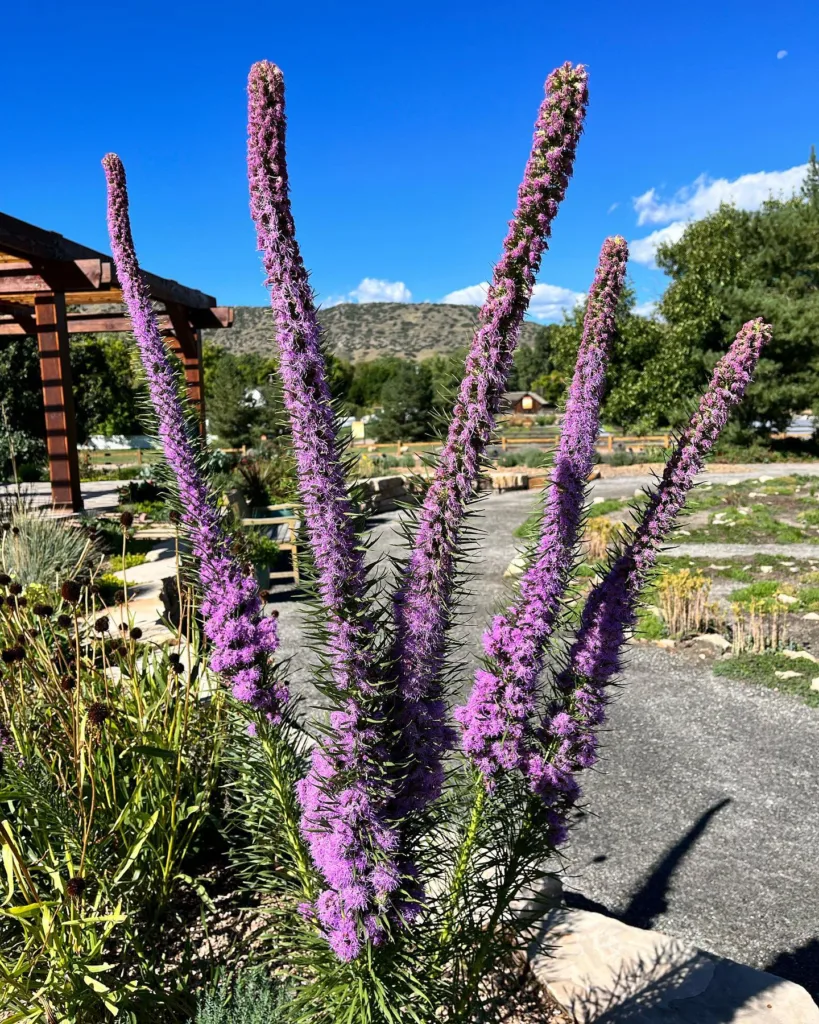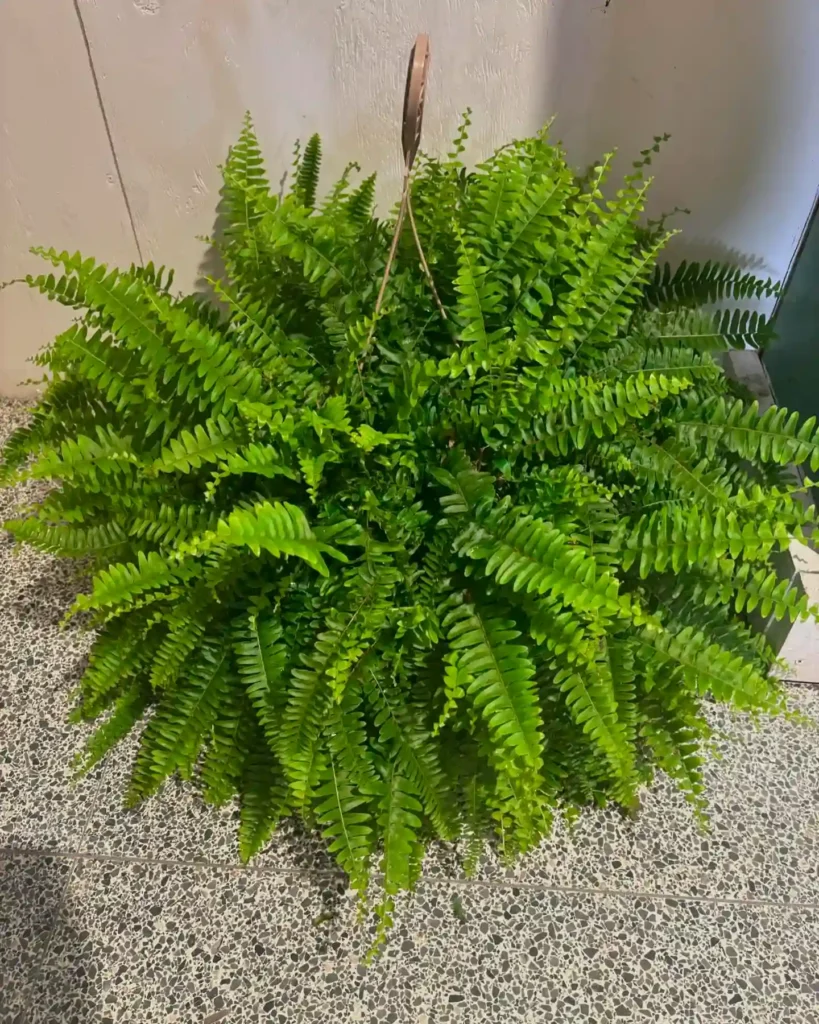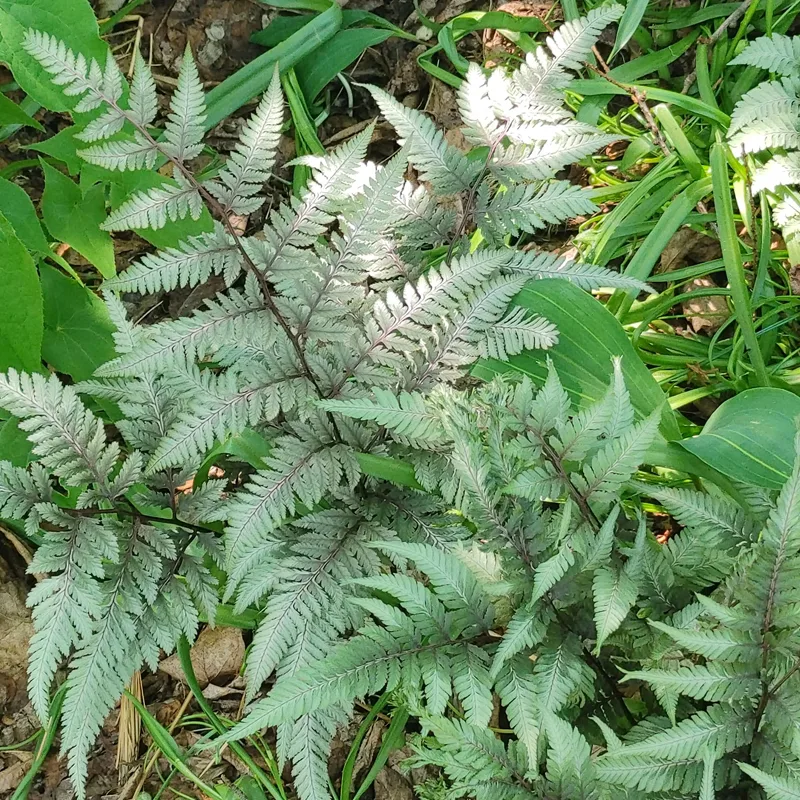
The Allure of Cleome Serrulata: A Gardener’s Delight
There’s a certain magic to watching your garden come alive with vibrant blooms. This year, I decided to add a touch of whimsy with Cleome serrulata, also known as the Rocky Mountain beeplant. Its delicate, spider-like flowers and captivating fragrance instantly stole my heart. But before I dove headfirst into planting, I wanted to learn everything I could about this captivating wildflower.
200 Species in Genus Cleome – Spider Flower
Can Cleome Serrulata Grow From Seed?
Absolutely! Cleome serrulata is a true gift for beginner gardeners like myself. It readily grows from seed, offering a cost-effective and rewarding way to fill your garden with color. The seeds are small and black, resembling poppy seeds. They germinate quickly, usually within a week or two of sowing, and can be directly sown outdoors after the danger of frost has passed.
For best results, sow the seeds in well-draining soil in a sunny location. Aim for a depth of about ¼ inch and keep the soil moist until germination. Once the seedlings establish themselves, they’re quite tolerant of drier conditions.
Where is Cleome Serrulata Native To?
Cleome serrulata boasts a rich history, tracing its roots back to the western and prairie regions of North America. It thrives in dry meadows, along roadsides, and in rocky crevices. This hardy wildflower has adapted to survive in harsh conditions, making it a low-maintenance addition to your garden.
Unveiling the Beauty of Cleome Serrulata
Beyond its ease of growth, Cleome serrulata offers a captivating visual display. The plant itself can reach heights of 4 to 5 feet, adorned with airy, spider-like flowers. These blooms come in shades of pink, purple, and even white, adding a touch of elegance to any garden.
The star attraction, however, is the fragrance. Cleome serrulata emits a unique, honey-like scent that’s particularly attractive to bees and butterflies. This not only adds another layer of sensory delight to your garden but also promotes pollination in nearby plants.
How to care for Cleome Serrulata?
Here’s what truly excites me about Cleome serrulata: it’s not just beautiful, it’s also remarkably low-maintenance.
- Sun worshiper: This wildflower thrives in full sun, so find a spot in your garden that gets at least 6-8 hours of sunlight daily.
- Drought tolerant: Once established, Cleome serrulata doesn’t require frequent watering. In fact, overwatering can lead to root rot.
- Minimal feeding: This low feeder doesn’t demand frequent fertilization. A light application of compost in spring should suffice.
- Self-seeding wonder: Cleome serrulata readily reseeds itself, ensuring a vibrant display year after year.
Cleome Serrulata: The Perfect Companion
Cleome serrulata’s tall, airy stature makes it a fantastic addition to the back of flower beds. It pairs beautifully with shorter flowering plants like zinnias, cosmos, and marigolds, creating a stunning textural contrast.
For a more whimsical touch, consider planting Cleome serrulata alongside ornamental grasses. Their swaying blades will complement the delicate nature of the Cleome flowers, adding a touch of movement to the border.
A Final Touch: Deadheading for Continuous Blooms
While Cleome serrulata is a low-maintenance plant, a little TLC goes a long way. To encourage continuous blooming throughout the season, deadhead spent flowers regularly. Simply pinch off the faded blooms at the base of the flower stalk. This not only improves the overall appearance of the plant but also directs the plant’s energy towards producing new flowers.
Cleome serrulata has quickly become a favorite in my garden. Its charm lies not just in its captivating beauty and fragrance but also in its easygoing nature. With minimal effort, you can cultivate a vibrant and pollinator-friendly haven in your own backyard. So, why not give Cleome serrulata a try? You might just be surprised by the magic it brings to your garden.
If i die, water my plants!



